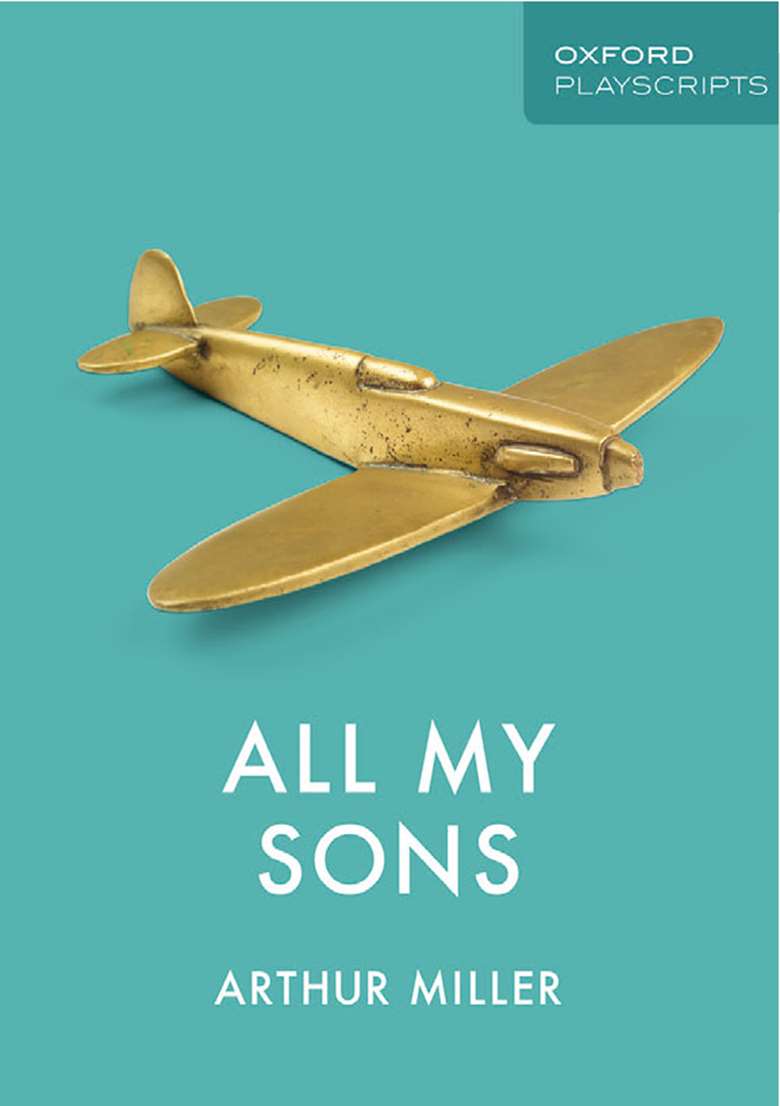Secondary English and Drama resources – All My Sons, by Arthur Miller
Naomi Holcombe
Tuesday, September 1, 2020
Good resources for English but disappointing from a Drama perspective, published by Oxford Playscripts

Oxford University Press have released a new set of play scripts of four Arthur Miller editions, written with some new activity resources at the back of the text, designed for English and Drama teaching.
I have read all four and they follow a similar format, but I will focus this review on All My Sons. There is useful and detailed information in all of these new versions, following the printed text, but unsurprisingly they focus too heavily on classroom English teaching. I understand why this is, as it will have a broader appeal, but I found it disappointing that more practical ideas weren't suggested.
This version of All My Sons includes a four page biography, followed by eight pages of social historical context, themes and theatrical context. The activities and research section starts after that. This was the area I was most interested to read. It's great to have new ideas and fresh approaches to practical work, and to look at a play not just from a written perspective, but to really explore it through practical tasks – something exam boards always strongly recommend. Unfortunately, four pages of these ‘activities’ are written tasks and research, which although detailed, feel somewhat dry and do not excite, from the perspective of a drama teacher.
The only practical exercises and performance ideas for characterisation come in the form of monologues and duologues and aren't very inventive. There is one task on set design, which asks students to create a set for a realistic and an expressionistic design, but again, this is a pretty basic idea, which students would be doing as par for the course when addressing set design and prop ideas.
What is good about these resources is the detailed terminology, clear explanations of theatrical genres and the written tasks, which would help students to gain an in depth knowledge of the text – but you cannot call this a drama resource for practical teaching.
This feels like an excellent English teaching resource with the odd drama task, which would be perfect for a classroom setting. What it's not, unfortunately, is a set of drama activities, which is a shame, as the research and background elements of all of the texts are covered well and would be useful.

